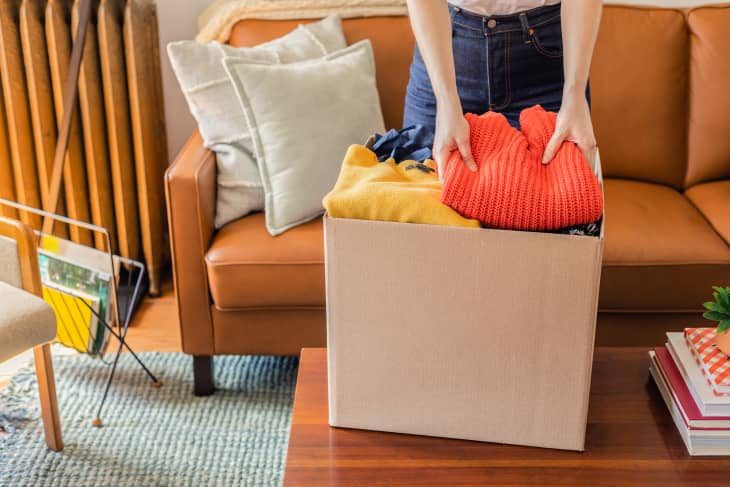
The reward—and the reason that keeps me going when decluttering seems like an overwhelming task—is that your home ultimately only contains the things that serve you. You are surrounded by things that make you happy. Because just like editing, once the extra, unnecessary stuff is removed, only the best remains.
“Keep what you need and what makes you happy” is enough of a north star for some people. But many of us need a little extra guidance in deciding what’s worth keeping. These 27 proven decluttering tips can help.
1. Don’t treat your home like a storage space.
Keeping something because you might need it one day is like paying a mortgage to a storage company – and that comes at the expense of living in an empty, breathing space. So think twice about holding on to the curtain rods or the six old cell phones.
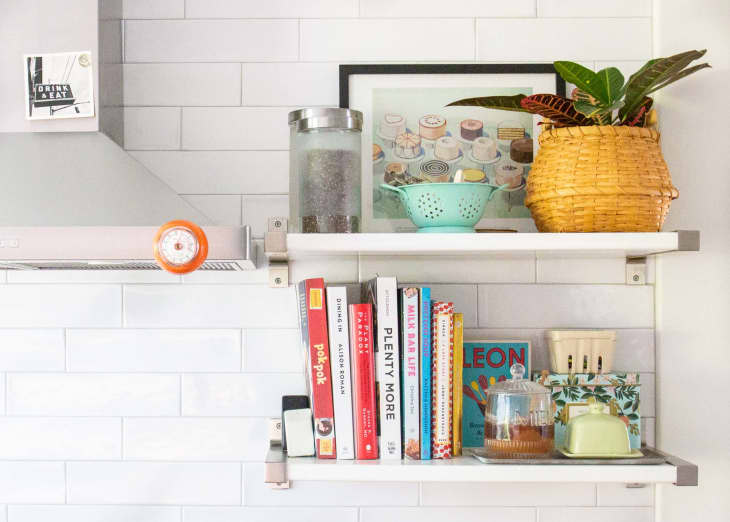
Credit: Mackenzie Schieck
2. Realize what you are keep costs you a lot.
Often you are tempted to hold on to things because you feel like it would be a waste of money if you ever had to buy them again. But there is a cost to keeping something. You have to think about where to store it, give up actual storage space, or take up valuable empty space. Then you’ll have to spend time organizing it and then remembering where to put it if and when you need it, and then putting it away, organizing it again when it gets messy, and well… you get the picture. Is that item really worth the time and effort it will take to keep it?
3. Give yourself permission to buy again.
Because the thought of having to give money away eventually is painful, you can choose to keep many things that you might not otherwise keep. But the simple yet powerful conscious act of giving yourself permission to buy again later (knowing that you gain so much now by letting go) will help you get so many more things out of your home.
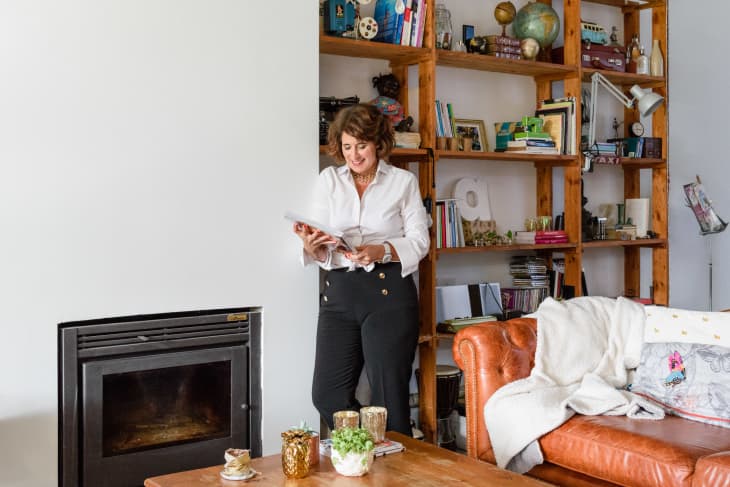
There is so much clutter when you hold on to things that require action. By keeping the ‘touch it once’ principle at the forefront, you can develop smart working methods. For example, standing by the trash can with your handful of mail as you sort it, signing permission slips as they arrive. This drastically reduces paper clutter, the junk you have to carry upstairs and more.
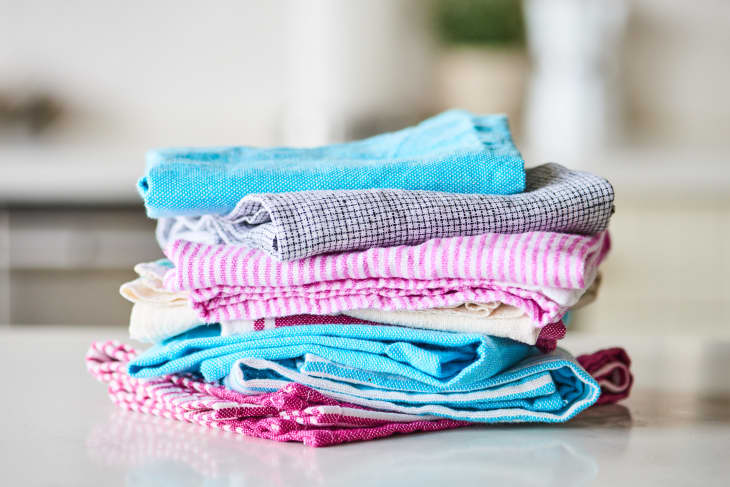
5. Ask yourself if it is “the best, the favorite or the necessary.”
This decluttering mantra, created by Emily Ley, will help you limit your belongings to the cream of the crop. For example, if you’re looking at too large a collection of mixing bowls, narrow it down to the best ones. A kitchen towel collection can be similarly pared down by choosing to keep only the favorites.
6. Ask yourself if it is useful or beautiful.
“Don’t have anything in your house that you don’t know is useful, or that you don’t think is beautiful.” Adhering to this famous saying attributed to William Morris is a good way to avoid building up too much.
7. Ask yourself if it brings you joy.
Marie Kondo has become a cultural standard-bearer for a movement to declutter and minimize. Her famous shtick is making people wonder if each property they own brings joy. It works for some (myself included), and if it works for you, it’s an empowering way to let go of so many things.
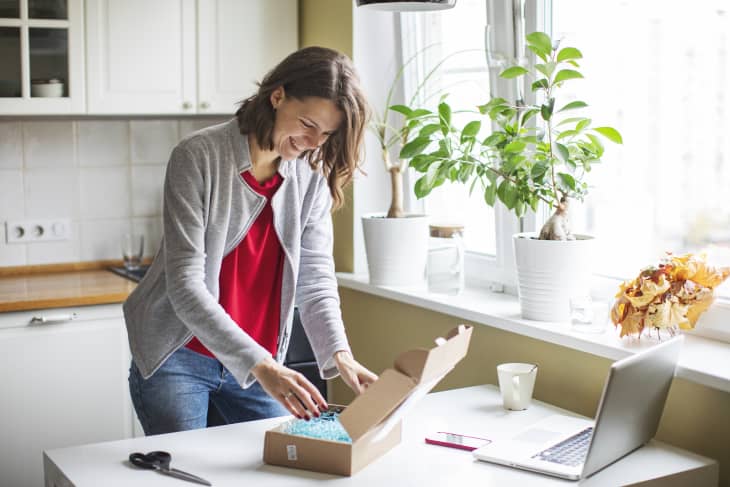
Credit: yulkapopkova/Getty Images
8. Recognize that the most important part of a gift is the giving and receiving.
It’s so hard to get rid of gifts. You appreciate the thoughtfulness shown in receiving and giving something, and you would not want to disgrace that in any way. But if the gift itself is something you don’t need or enjoy, it’s okay to let it go without feeling guilty. The transaction of love and care – what gives the gift meaning – is taken to heart.
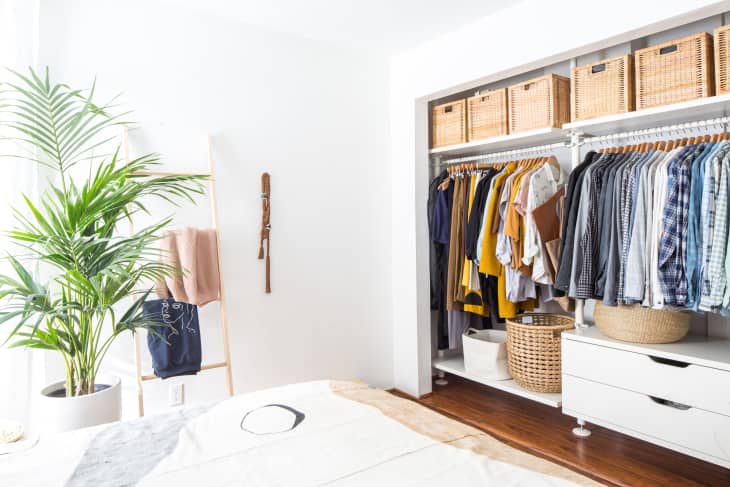
9. Keep a box in your closet.
This super simple trick is disproportionately powerful. The idea is that every time you put something on and you don’t feel comfortable in it, you throw it in the box. It’s an instant, painless way to declutter your wardrobe.
10. Practice one-in-one-out.
Promise yourself that with every new thing that comes into your house to stay, you will get rid of one other thing. It helps keep your storage math straight: you shouldn’t have to collect a single “extra” thing if you really follow this rule. Having a dedicated “outbox” for the items you donate or give away (rather than just throwing away) can help you maintain the habit.
According to the Minimalists’ 90/90 rule, ask yourself whether you have used the item in the last 90 days and whether you will use it in the next 90 days. If the answer to both questions is no, it goes away. The actual 90 day duration is flexible and you can adjust it to suit your lifestyle, but the framework will help you decide whether an item is as necessary as you might think.
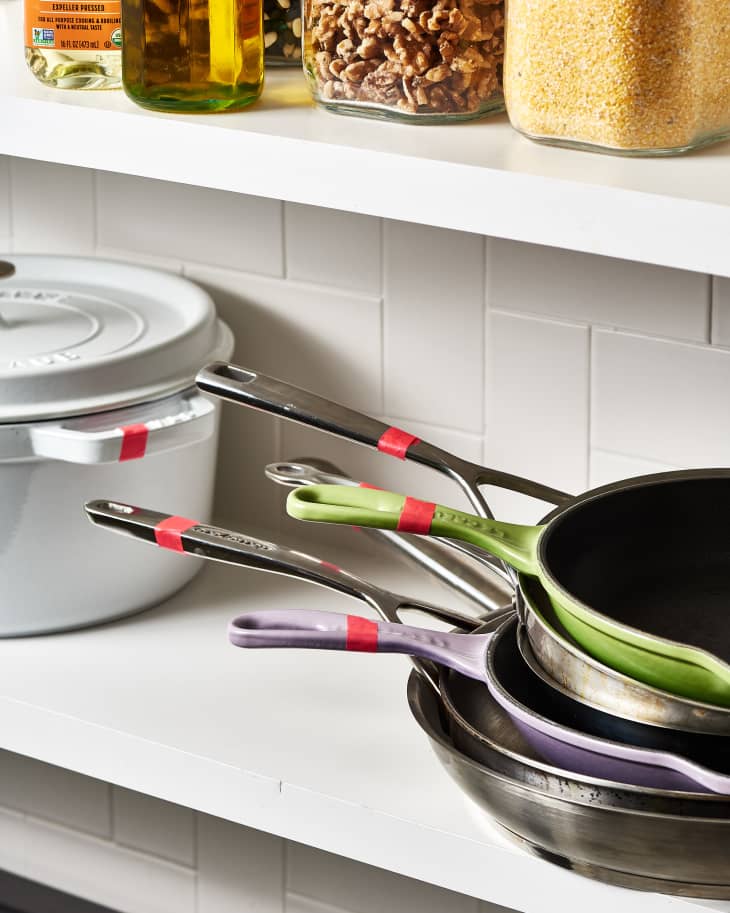
12. Use washi tape to tidy up your kitchen.
To decide what’s worth keeping in the kitchen, set a specific time period, such as six months or a year, so you can see which tools you actually use. You’ll know which items pass the test by sticking a piece of washi tape or masking tape on each item at the beginning of your experiment. When using the tool, remove the tape. At the end of the time, you should throw away any unused items that still have tape on them.
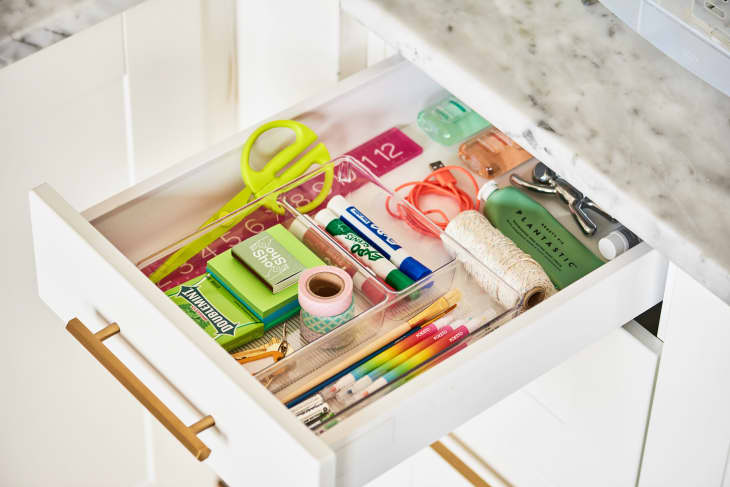
Looking at a freshly cleaned space might inspire you to tidy up the rest of your home, too. So keep the momentum going by doing deep decluttering in small spaces, rather than tidying the entire house piece by piece, because at the end of the latter you’ll have a full bag of donations, but no specific, peacefully decluttered space to to point to. Unpleasant. For example, you might decide to completely clean out the junk drawer or a particular cupboard in the kitchen.
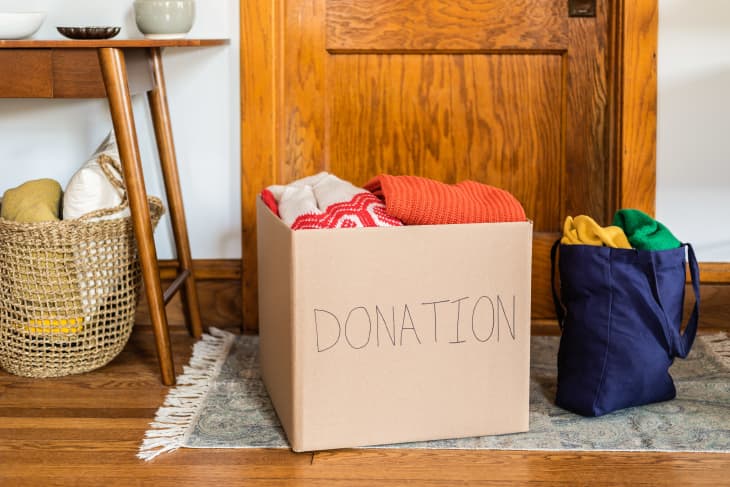
14. Get started cleaning up.
On the other hand, an empty garbage bag or donation box might be just the thing that puts you into action. If the idea of filling it with things you no longer need inspires you, get started. Don’t forget to put it in your car so you can take it all the way out of the house.
15. Use the ‘Ex test’.
This mind trick helps you evaluate how important something really is to you and goes like this: Would you contact a loathed ex (romantic or otherwise) to get the item back? If not, then it cannot be so That important. Saying goodbye.
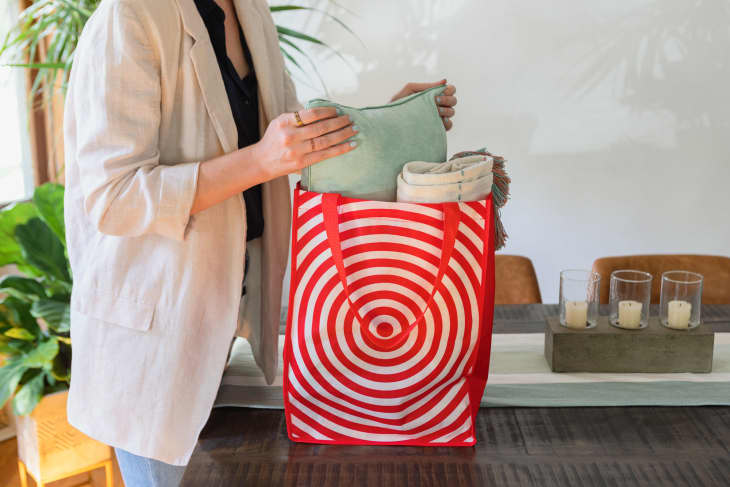
Credit: Sarah Crowley/Apartment Therapy
16. Ask yourself if you would buy it now.
Ask yourself, “If I were shopping right now, would I buy this?” is so helpful. It will help you narrow down your collection of things to only what serves you in your current life. The question will help you shed clothes that are no longer ‘you’, no longer suit you, ‘useful’ items that are not part of your current life, and broken things that – be honest – you are never going to fix.
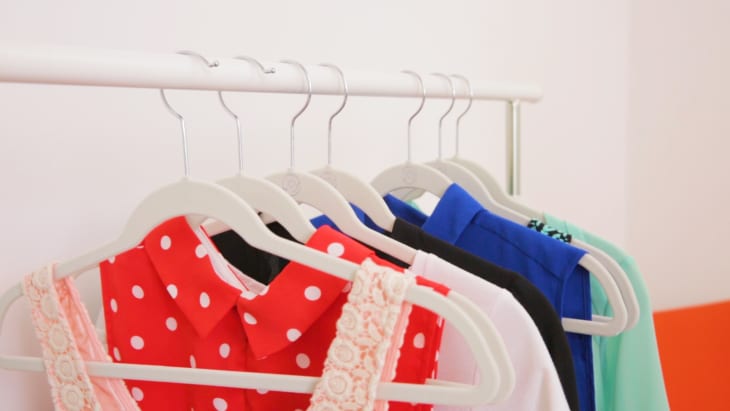
17. Try the hanger trick.
This cleanup hack is similar to washi tape, only this time you turn over hangers in your closet. Stick to a specific time period, such as three months, and get rid of anything you haven’t searched for or worn within that time period. You don’t have to think and remember because you have the hanger trick: if all your hangers hook about Now holding the rod, turn the hanger over so that it hooks from the back as you hang each worn garment back up. At the end of your period, donate what has not yet been reversed.
Instead of approaching decluttering with the idea of finding things to get rid of, consider what you can get rid of (books, clothes, craft supplies) for others to have. This takes the sting out of parting with items, and the new tactic can renew your efforts to lighten your own burden.
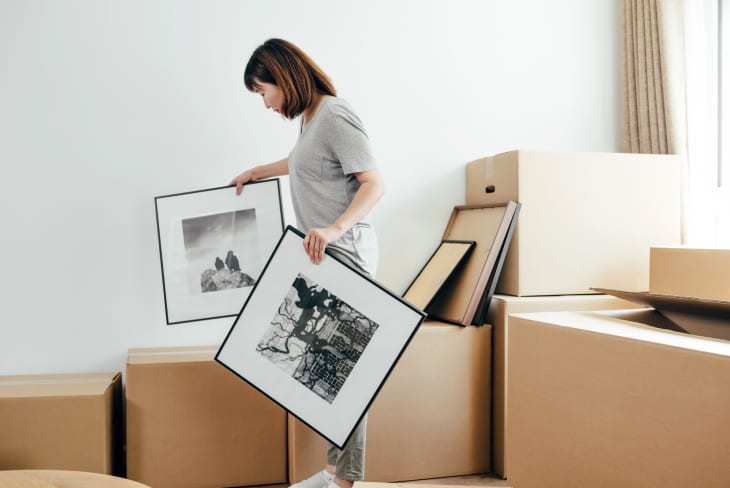
Credit: MaaHoo Studio/Stocksy
19. Pretend to move.
This is a mental exercise: imagine you’re moving from one apartment to another, and you have to pack everything up, pay to have it moved, and then unpack. Use this mental framework to scan your closets and storage areas. If you see something that you wouldn’t want to put in the effort to keep, get rid of it right away.
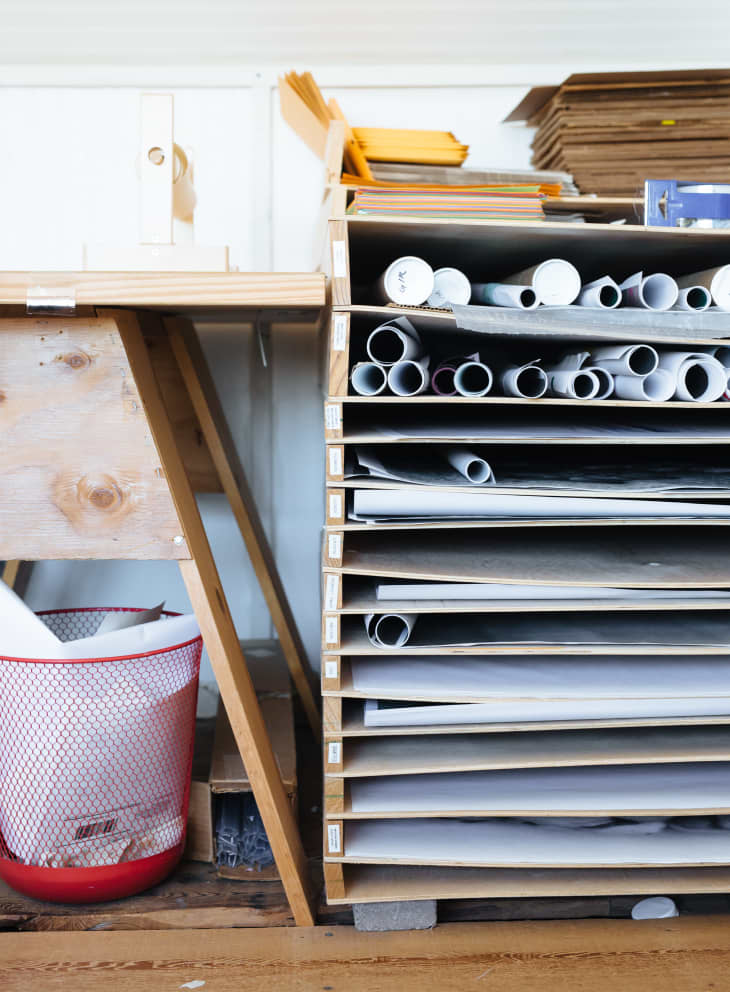
20. Paper piles start with a three-pronged approach.
To avoid the paper clutter, you can create three options for each paper you handle: shred, archive, recycle. By limiting your options, you force yourself to actually deal with the piles of paper you’ve been avoiding. “File” includes digital storage.
21. Try the 10 percent method.
The 10 percent method works especially well for those who have difficulty letting go of what they own. The key to the method is that you can see everything that belongs to a certain group of items. Your shoes, for example. Pull them all outside and into one space, then make it a goal to reduce the total number by 10 percent.
22. Do a little at a time.
“A little bit” can vary, but the idea is that you’re setting a parameter to your time and energy. You can do this by designating a specific area to work on from start to finish (as long as it’s not large) or by setting a certain amount of time in advance. This way, you won’t sabotage your great clutter-cleaning efforts by burning yourself out before you actually get started.
23. Remember what you gain by letting go.
Tidying up opens the door for some wonderful things. You gain space, time and energy, among other things. Keep your eye on the prize and use the motivation to double your decluttering drive.
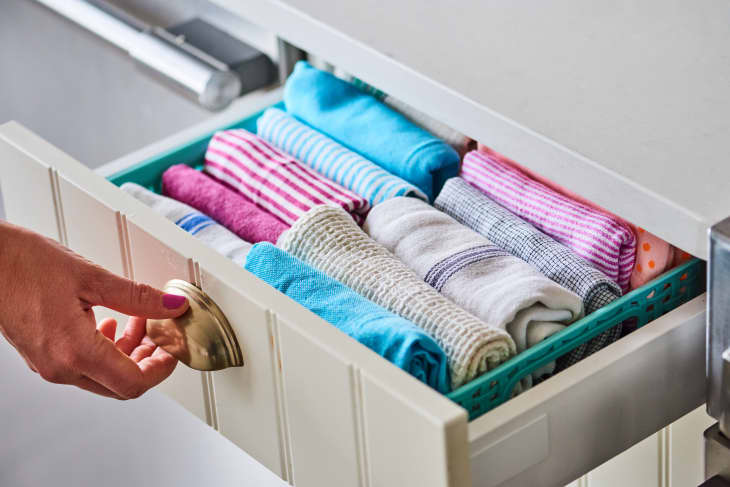
One way to decide how much to keep and how much to release is to set a limit on the amount of space you take up with that one category of items. For example, if your T-shirt collection comes from the two drawer dividers you designated for it, take a step back.
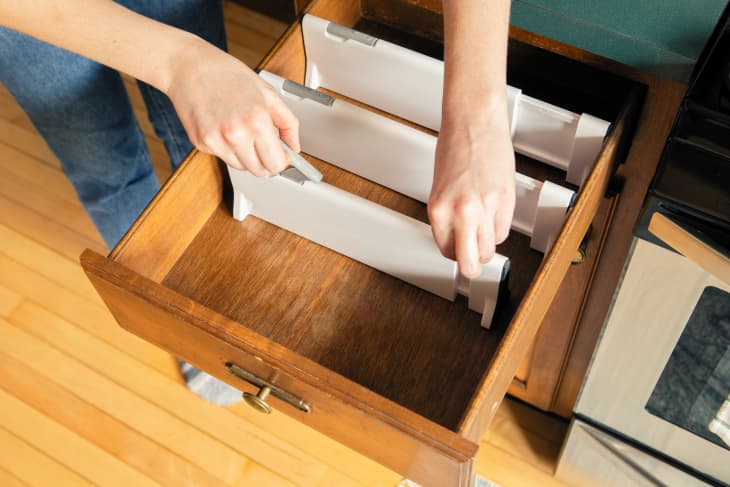
25. Don’t buy containers or organizers until you clear them out.
Buying baskets, bins, and dividers is also my favorite part, but if you don’t have these on hand before you declutter, you run the risk of organizing stuff you don’t need, and that’s risky. Purify for you spend and then get exactly and only what you need to organize what is left.
26. You won’t start liking something you never liked.
You may have very useful discarded lamps in your closet because it would be a shame to get rid of them, but you don’t really want to use them in your own home. The solution is simple: they leave. You won’t suddenly start liking them. But someone out there will.
27. These two common pitfalls are not a reason to keep things.
Having something for a long time or having something valuable doesn’t mean you have to keep it. The same criteria (useful, beautiful, joy, etc.) apply to these types of items as much as to anything else.

